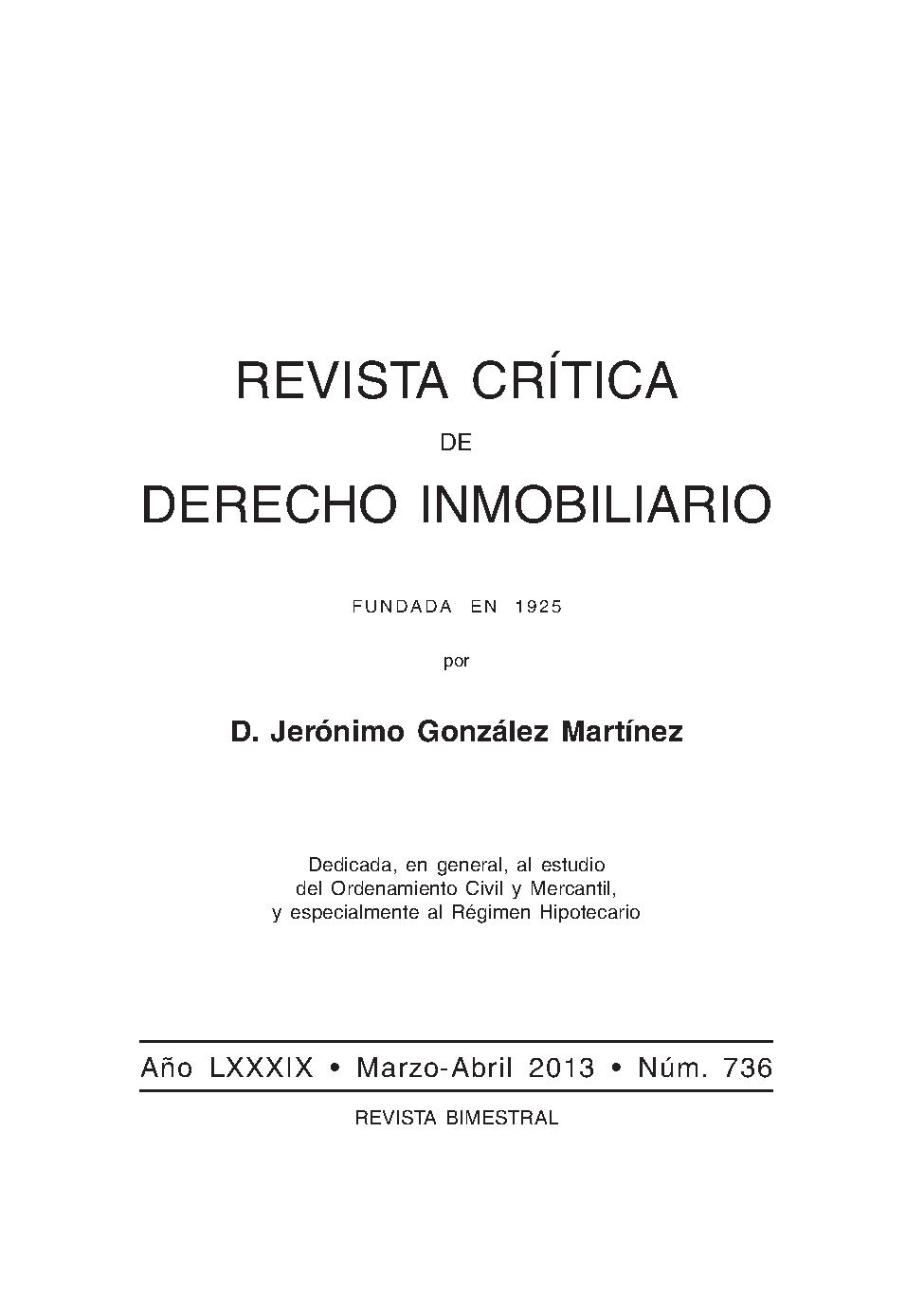DERECHOS REALES Y TITULARIDADES REALES.
Keywords:
REAL RIGHTS, REAL TITLE, RULE OF PROPERTY, PROPERTY REGISTRYAbstract
This article endeavours to help profile the concept of real rights. In order for a right to be considered real, all aspects of the right must be effectively protected by a rule of property, including title in the right. In this sense, it may be said that a right is not actually real if title in that right is not real also, in the sense of being protected also by a rule of property. What follows is an argument explaining why real rights, unlike creditors' rights, ought to have more or less standardized terms and why the desirable degree of standardization is the optimum degree, not the maximum degree. Spanish law's approach to the issue is examined. In a context of impersonal contracts, the classic way to protect title in real rights is to take action for recovery of possession. The effects of doing so, however, are self-defeating: Instead of making it possible for real title to exist, action of this sort prevents real title from existing, due to information asymmetry. Property rules therefore must be organized as a means of affording protection using instruments other than action for recovery of possession. For real property, the instrument to use is conclusive registrar-attested title, which implies that the conveyance system is made public through the creation of a title registration system. The article winds up with a review of the title registration system's functions in connection with real rights in immovable property. One such function is the creation of real title, and another is to make it possible for the optimum level of standardization to be the lowest level of standardization, which affords greater room for private autonomy.









